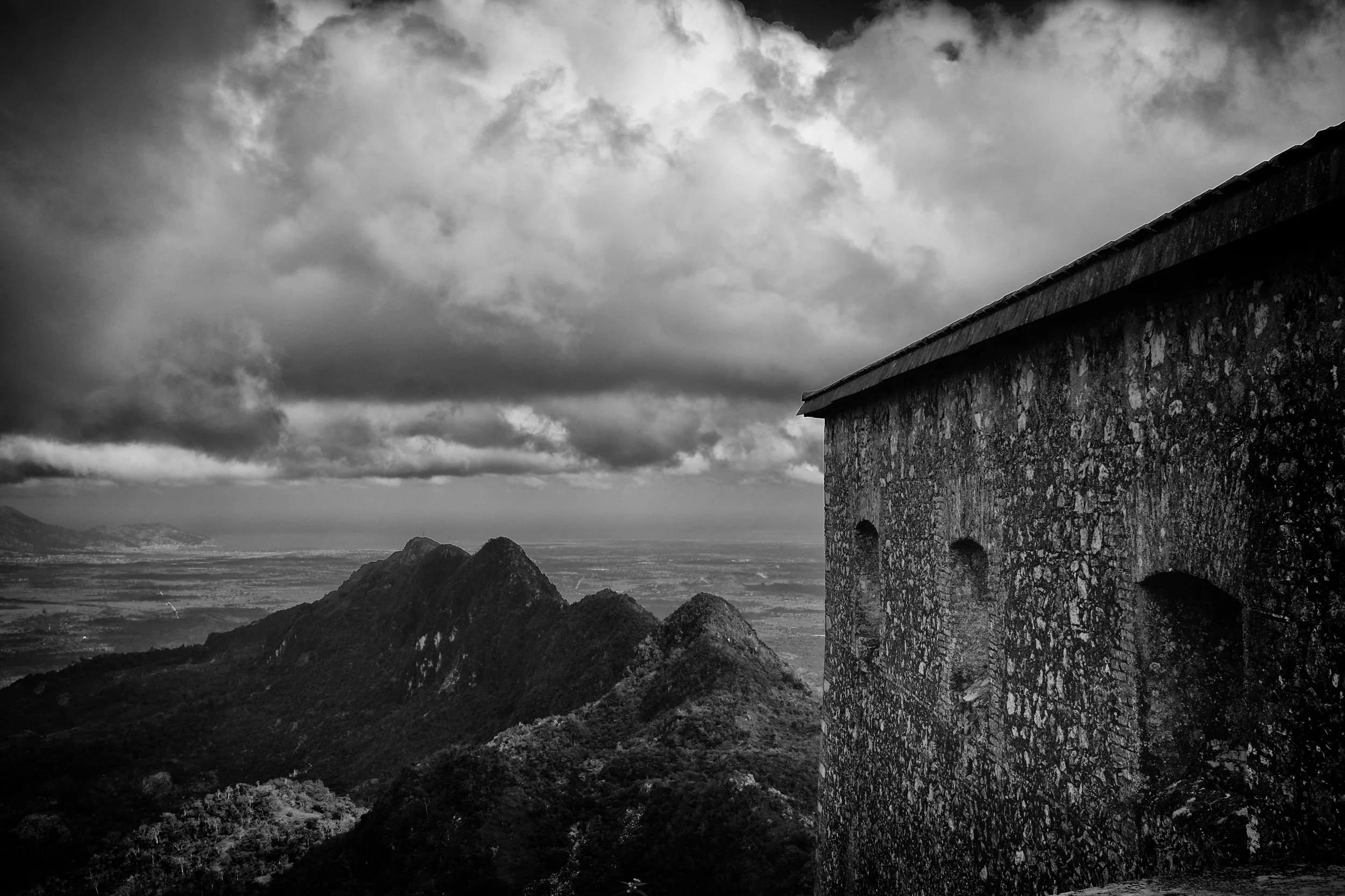This is one of the most amazing homeless men I have ever met. He lives in a cargo van parked in downtown Washington, DC. The van does not move as it is broken down. Police overlook it when writing ticket's.
Read MoreHi, I'm Lou
I saw a tent sitting directly next to the outlet for a tunnel which was a major thoroughfare in downtown Washington, DC. The tunnel was next to a U.S. Department of Justice building near 320 First Avenue. As I walked up to the tent I was walking against traffic on the one lane roadway.
Read More653 Yards from the White House in our nations capital
He was asleep on a metal grate inside a fence on National Park property just 653-yards in front of the White House in Washington, DC. As I stepped closer he awoke...
Read MoreWhat are you doing?
If only I could understand what this man was trying to communicate. I shot this in Haiti. I ran into this Haitian on a small dirt road in the middle of a little village about an hour away from the ocean.
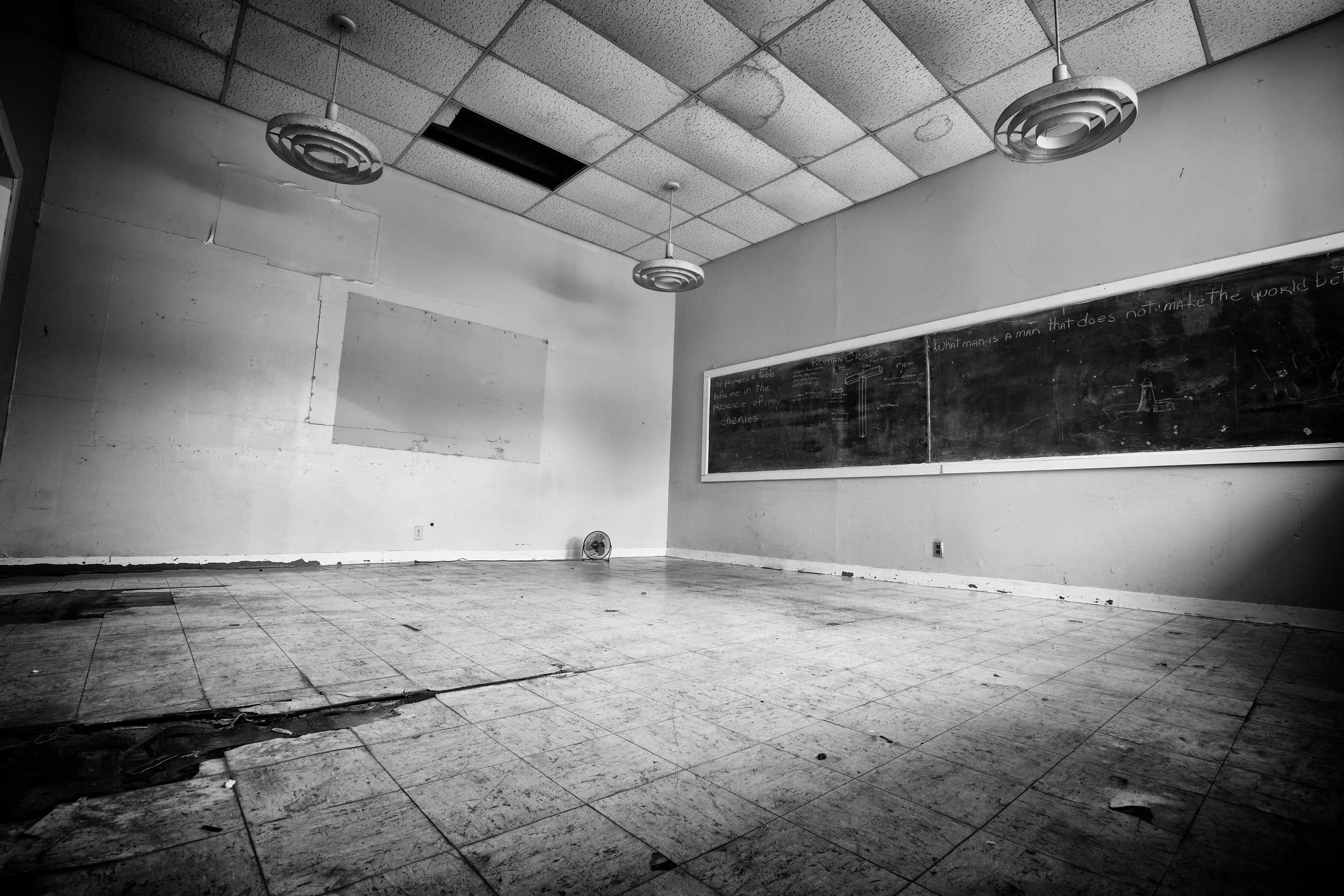
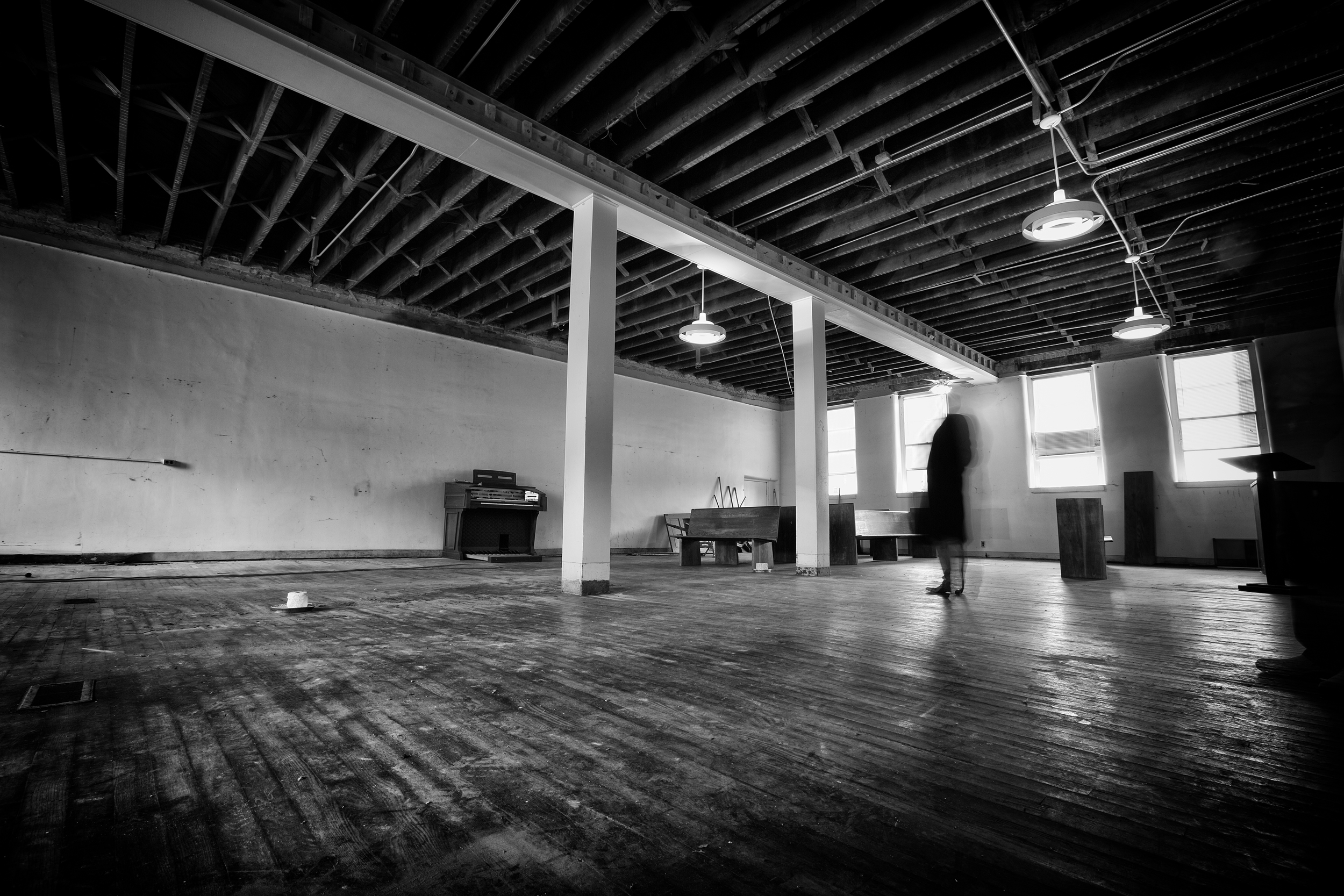
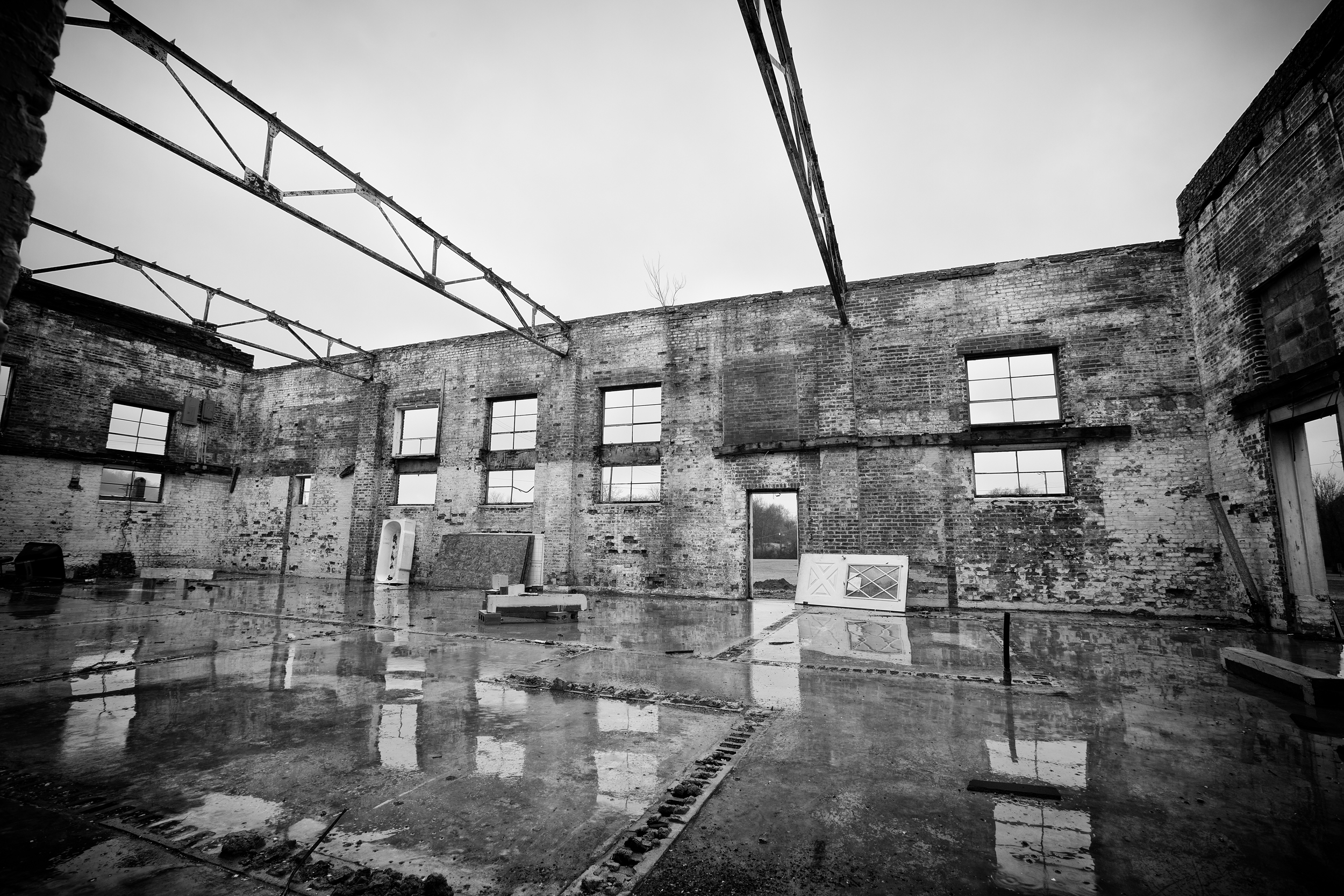
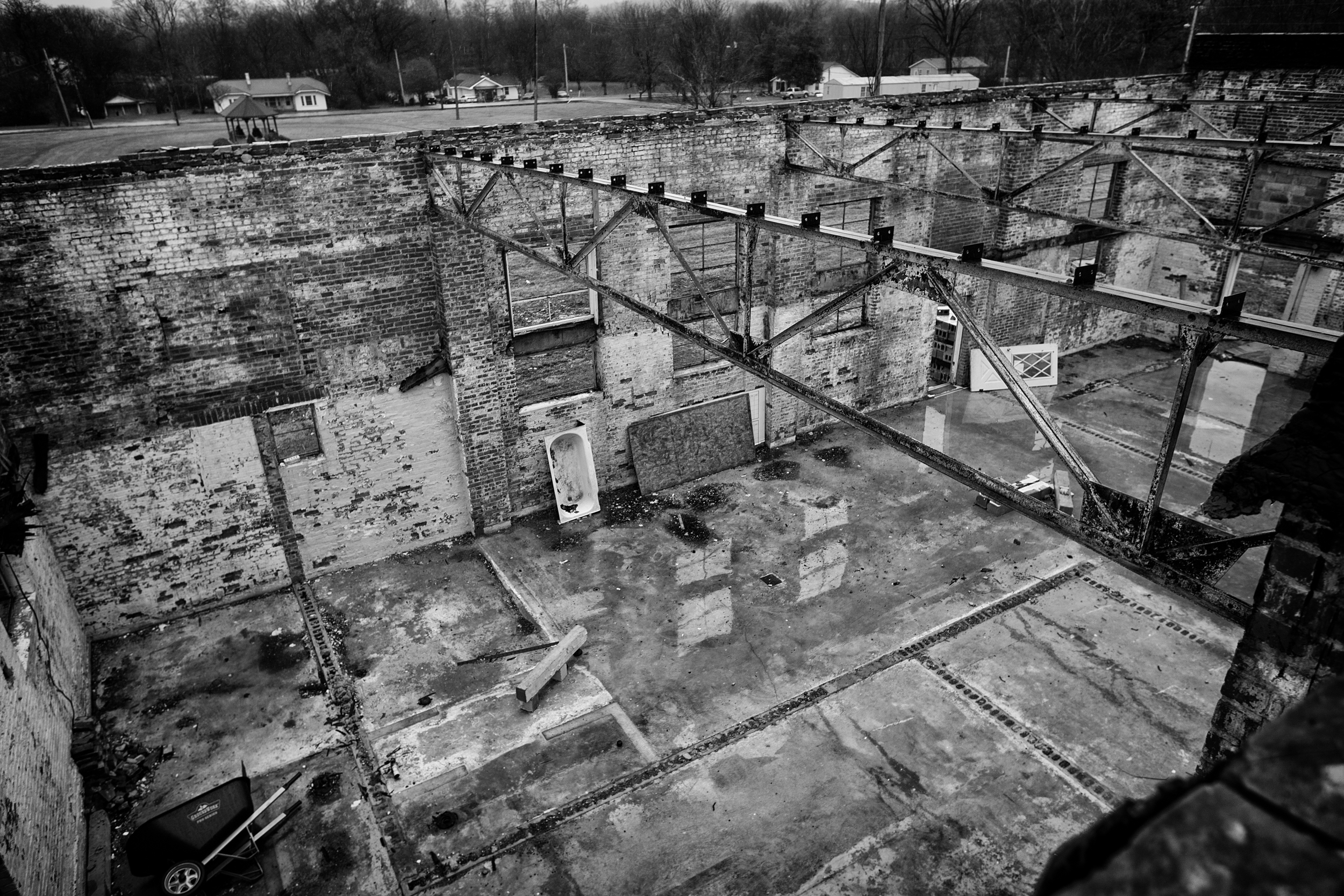
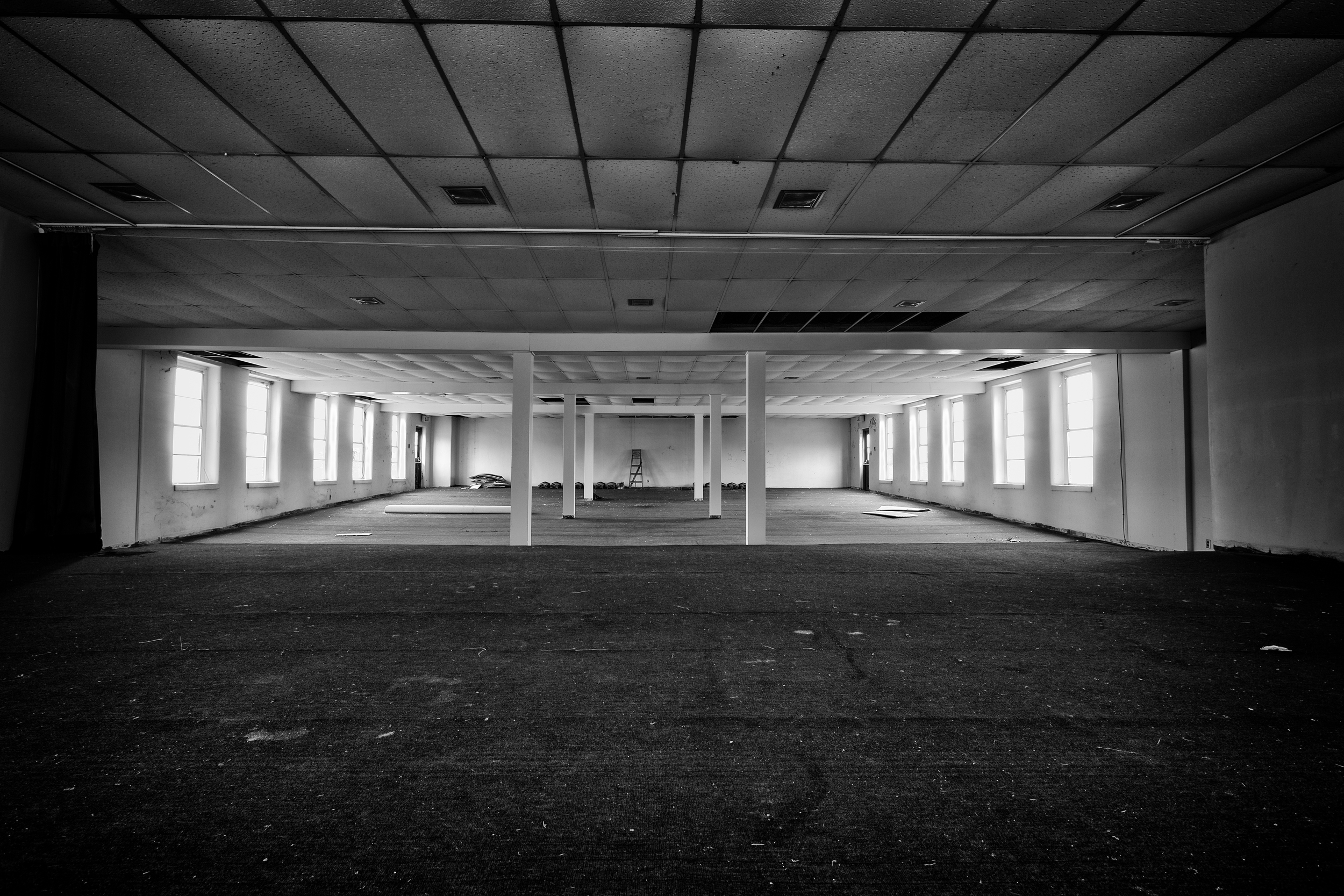
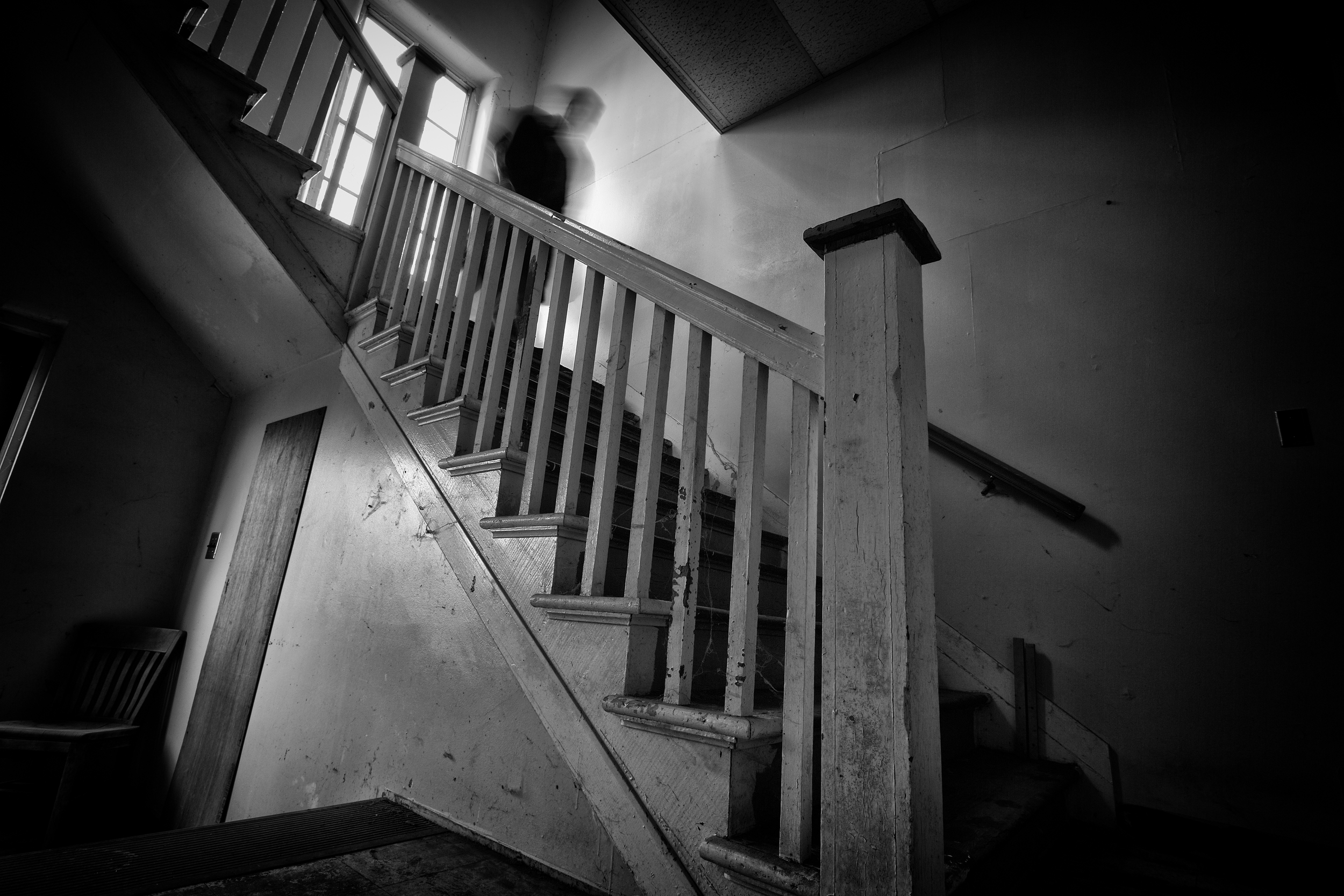

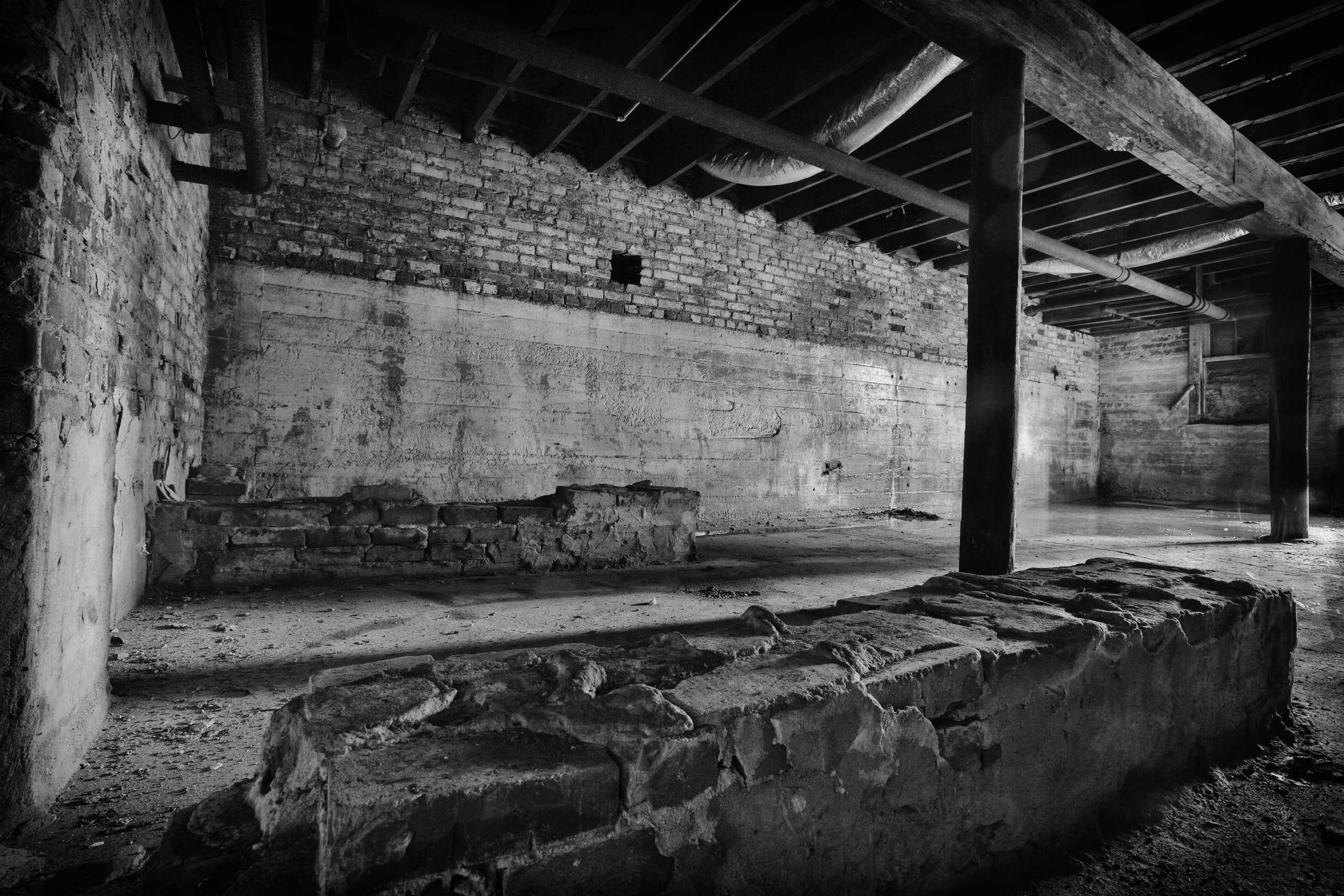
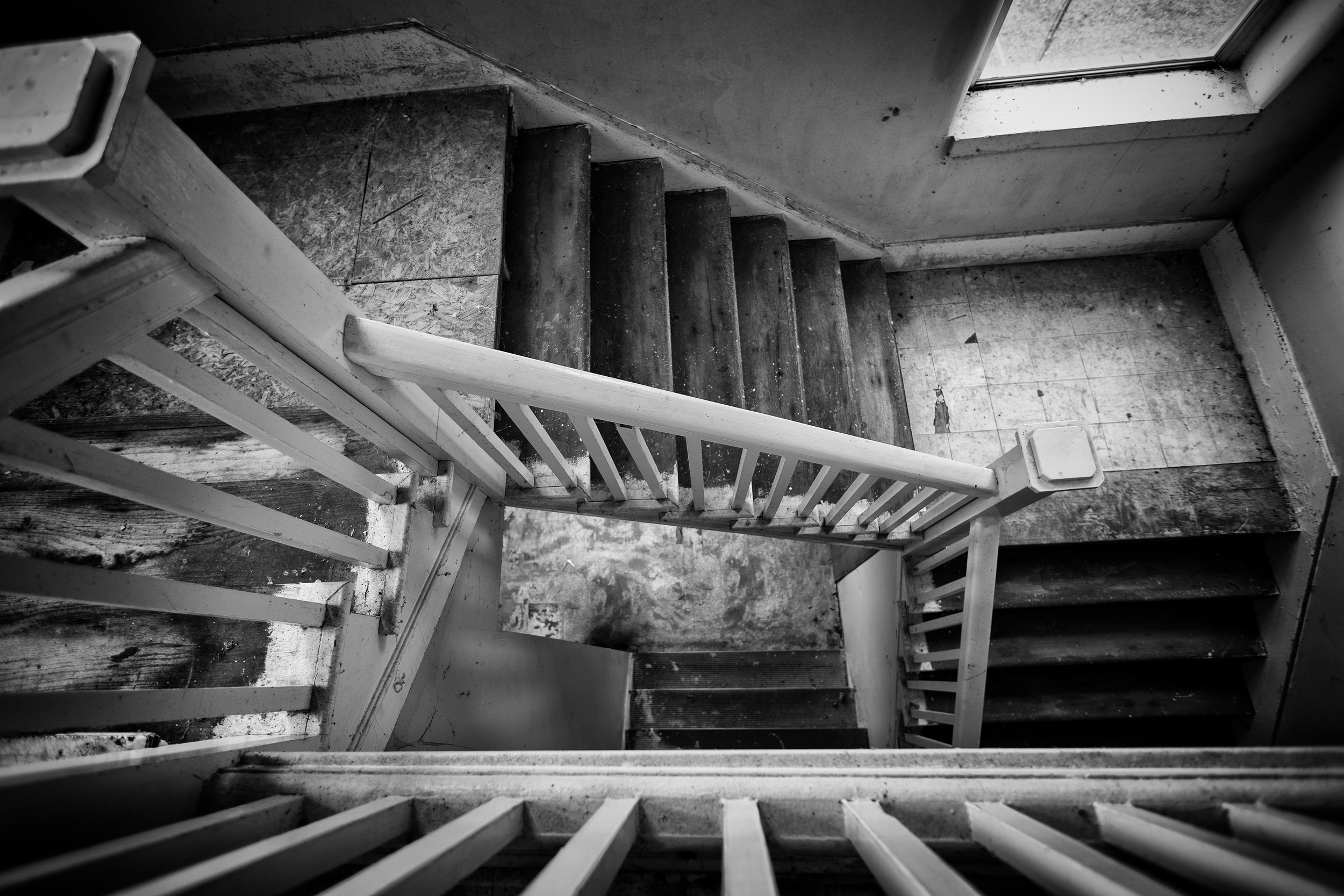
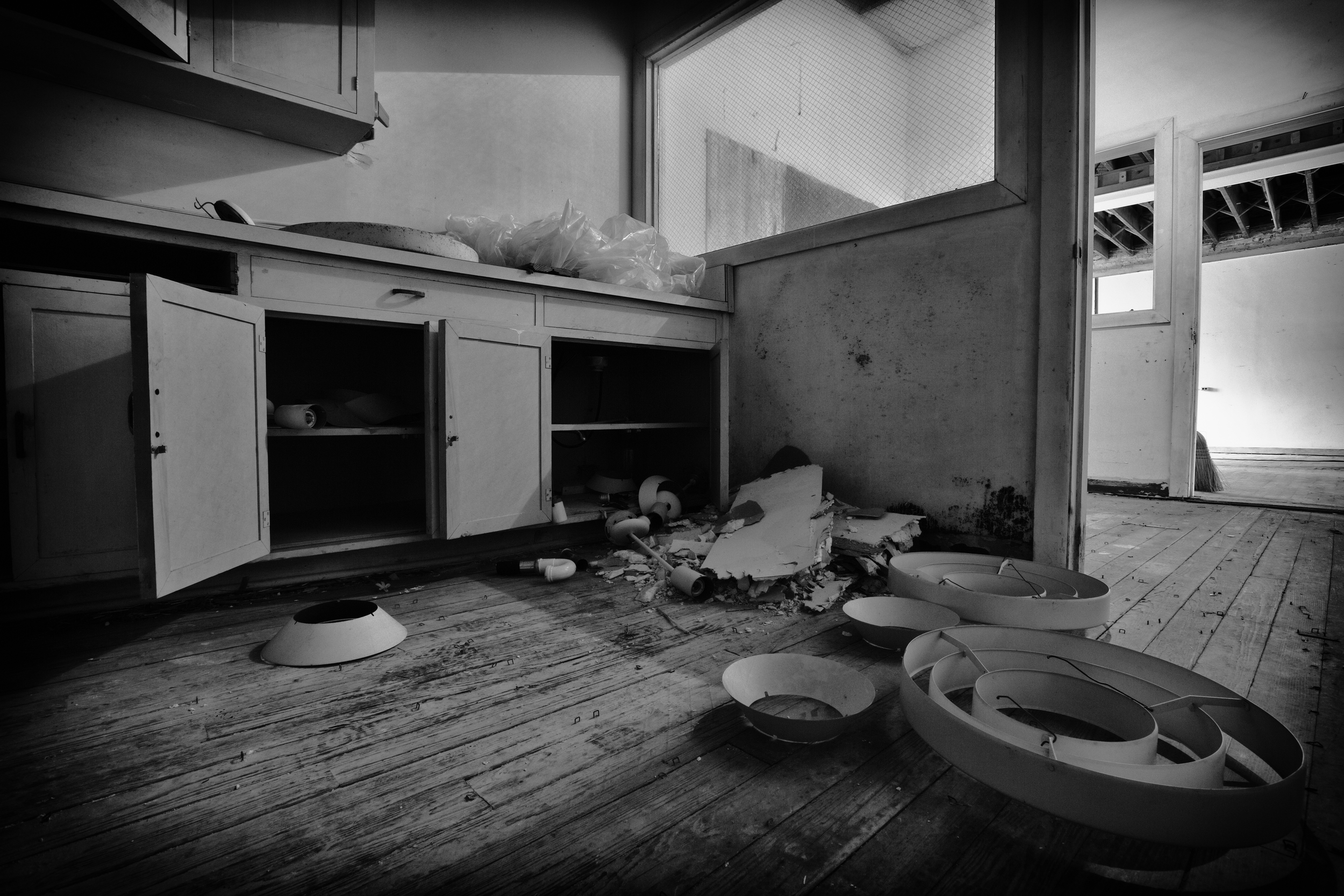
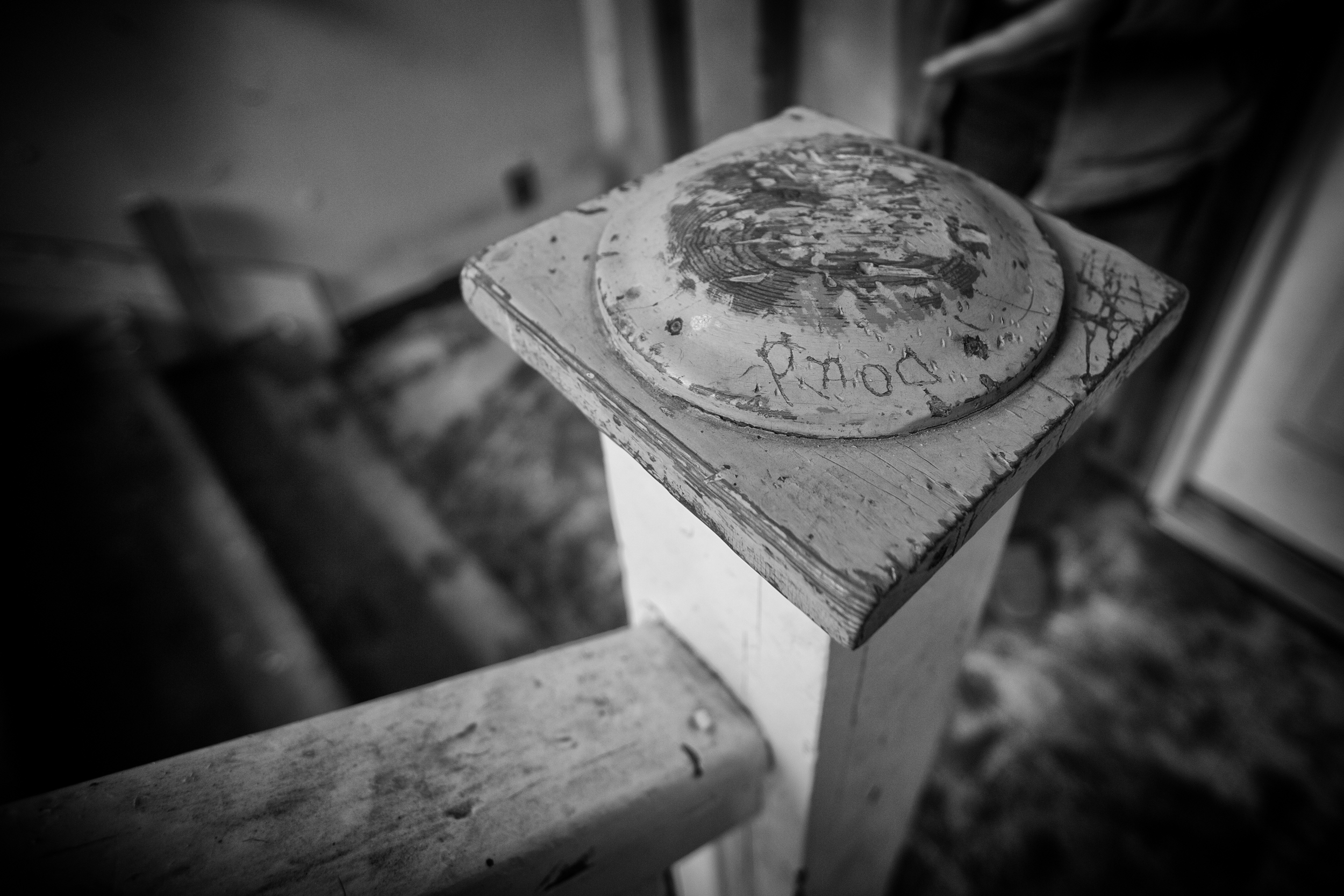
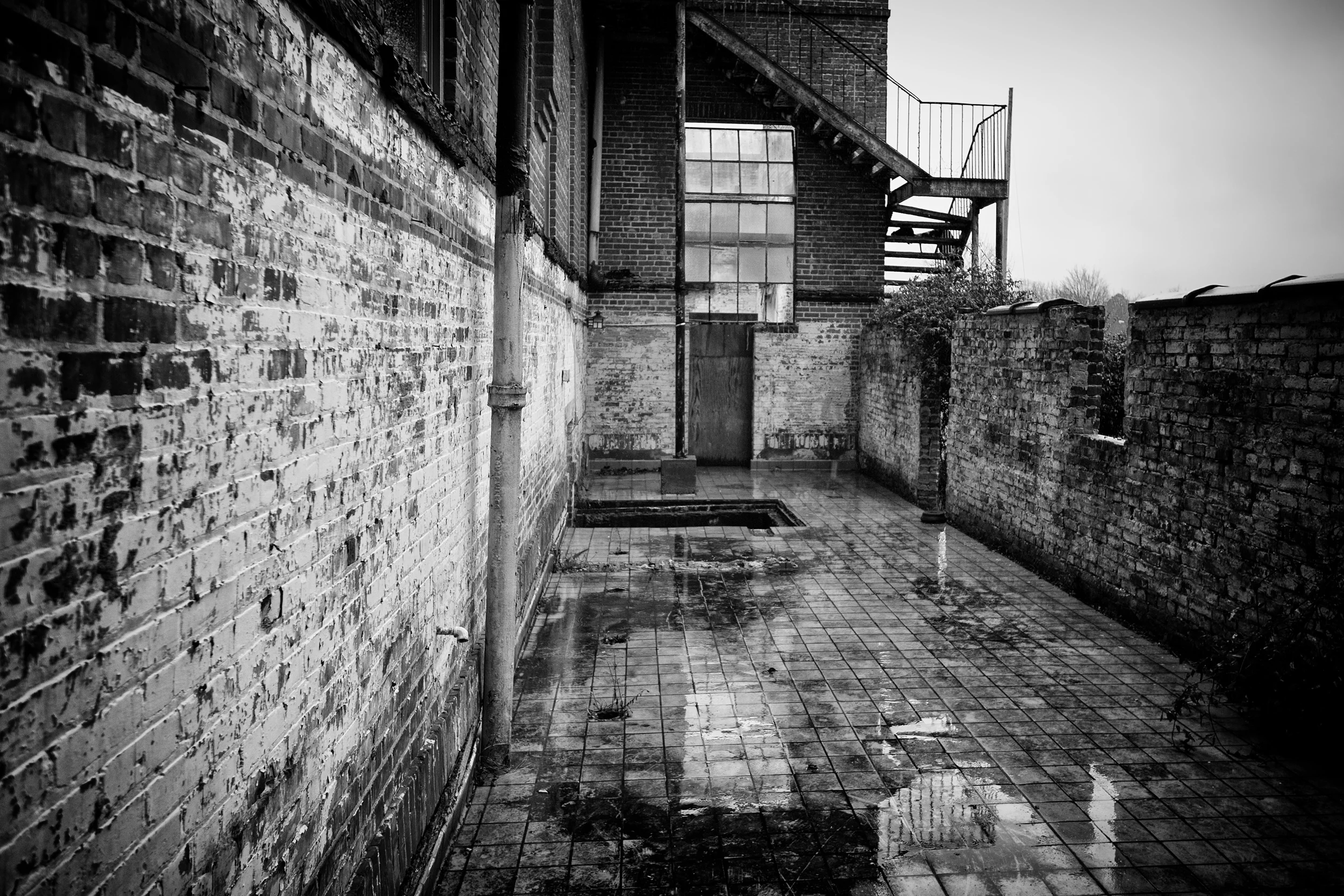

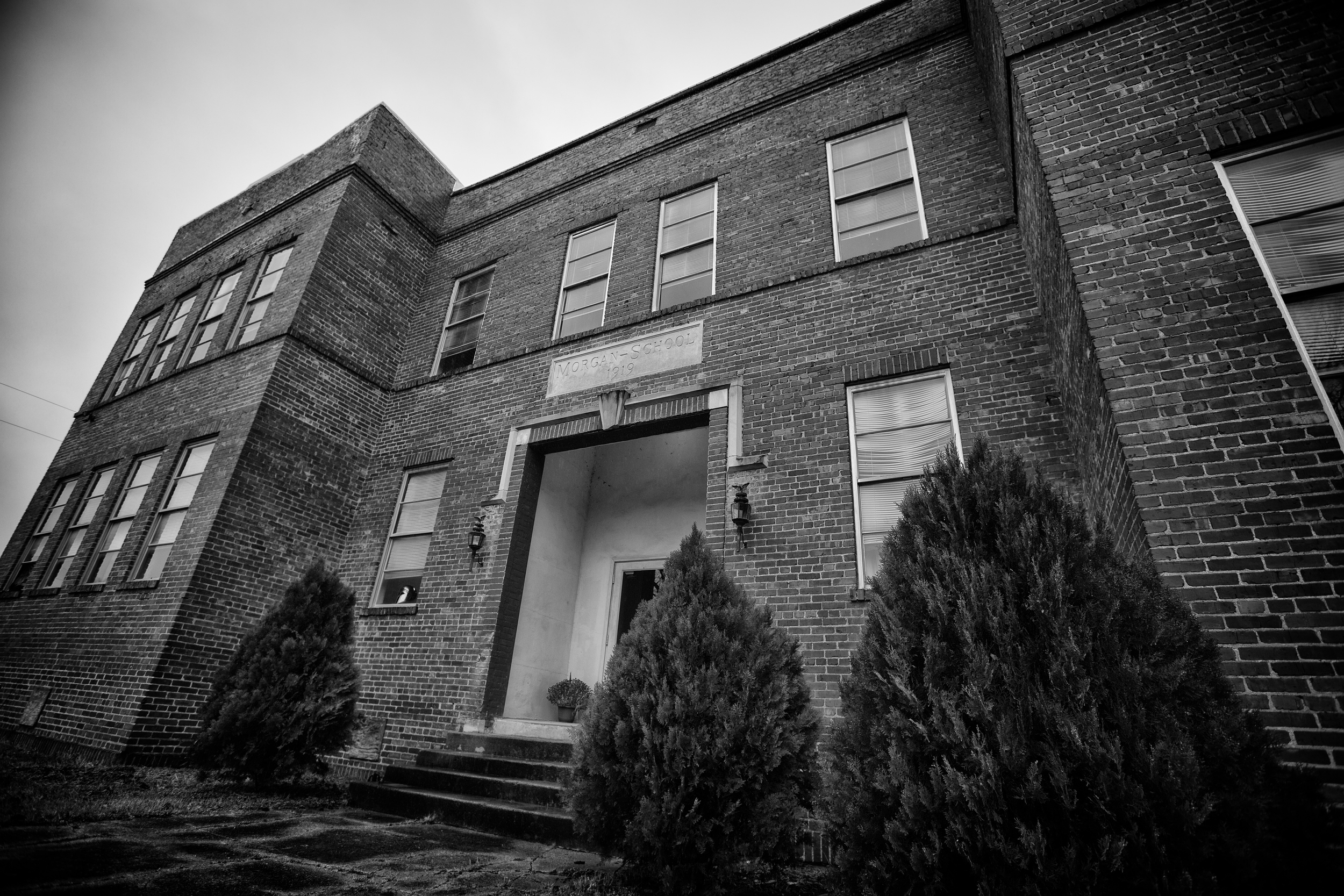
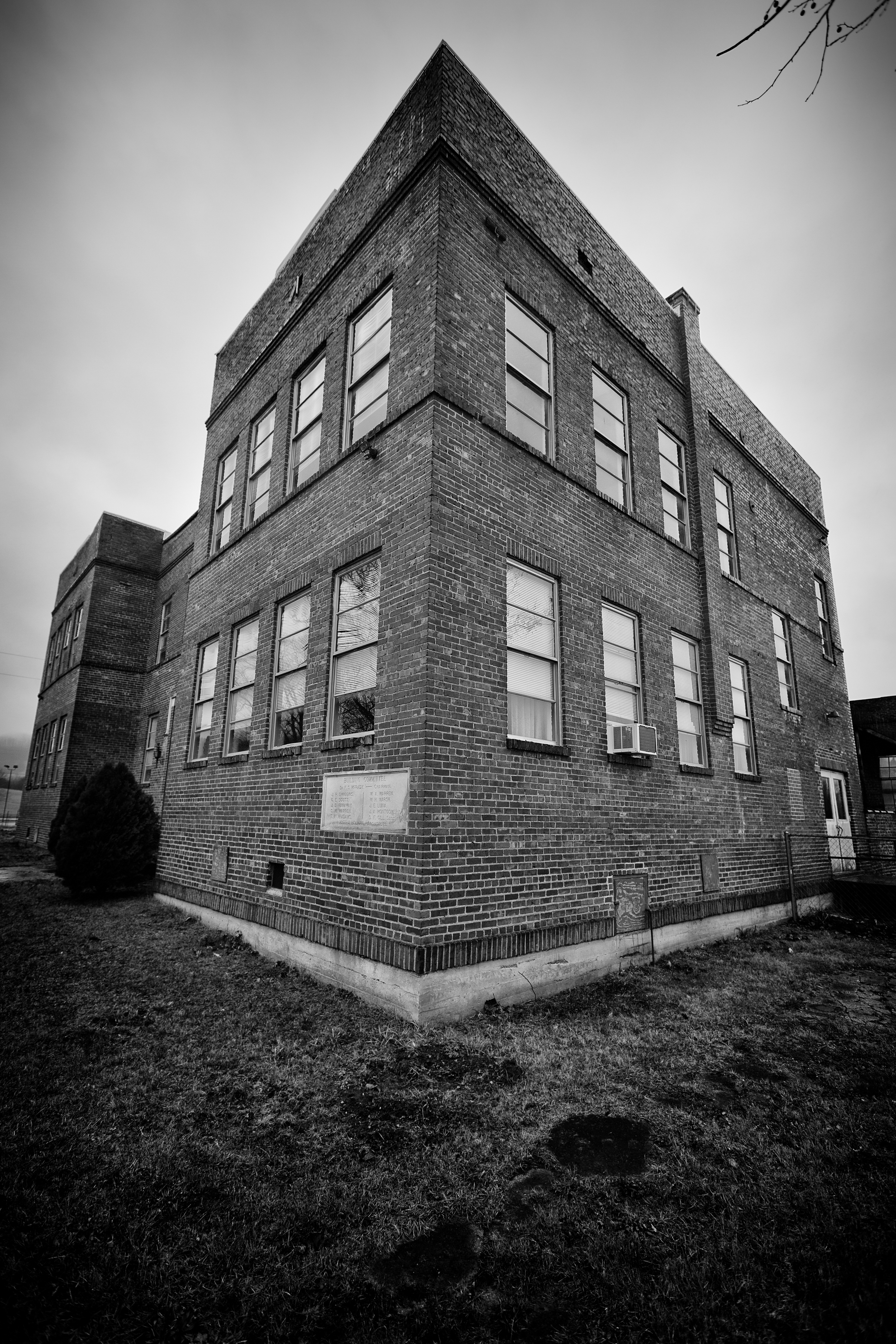
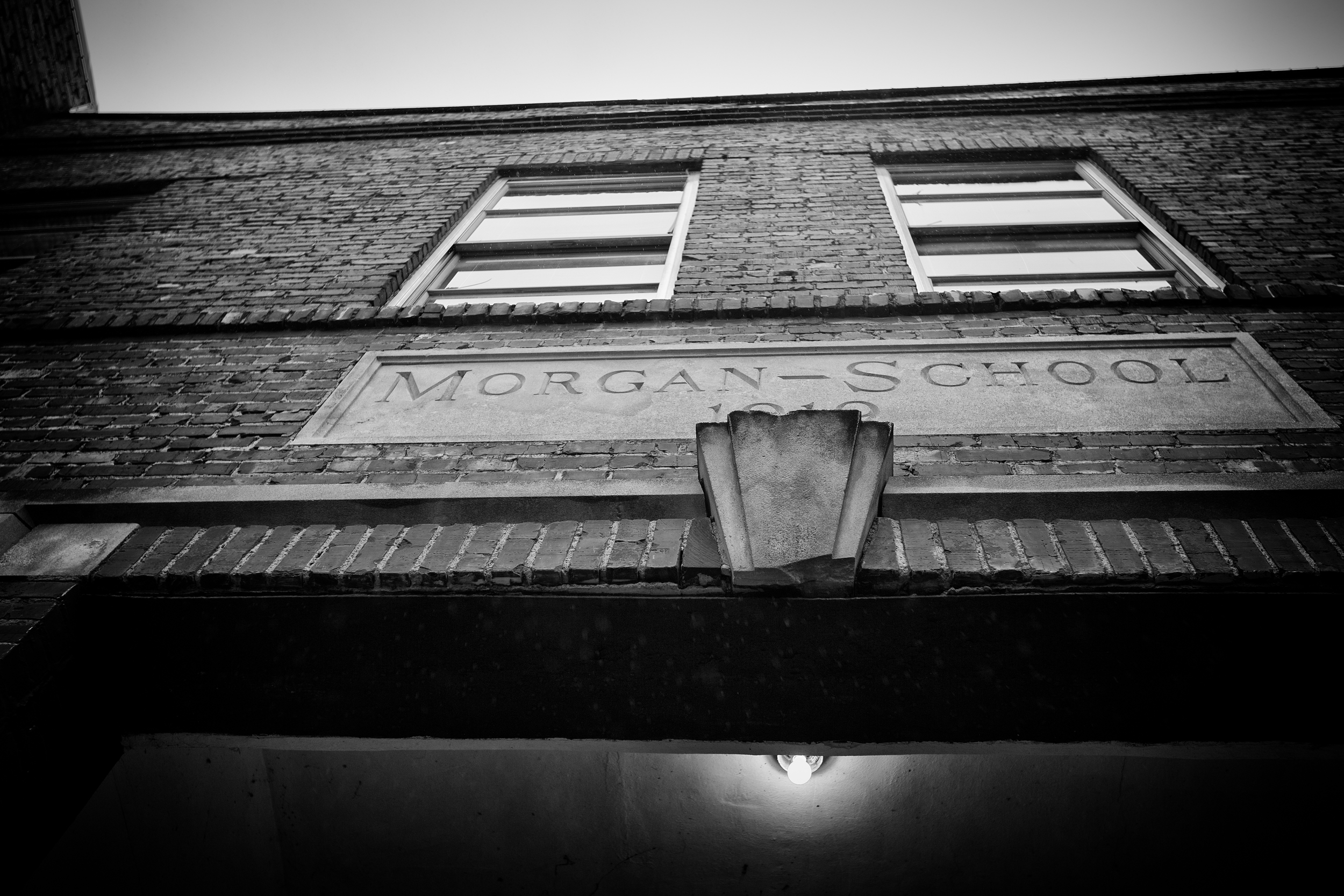
Empty Places: Morgan School for Boys in 1919
My tour of an old school that was built in 1919 - a building that will soon help prostitutes and more escape a life of abuse.
Read MoreThe Atlantic Ocean
Looking out onto the Atlantic from the western, smaller portion of the island of Hispaniola... The special thing about this fishing ground is that this is where Christopher Columbus first landed during his first voyage in 1492. Today, this sacred ground is home to many fish like Red Snapper, Squid, Tuna, and much more.
Fishermen had hot tar warmed over fire that they were using to repair leaks on the bottom of their boats. They would allow the tar to cool and then venture into the sea to test their worthiness.
To take this shot I walked between two massive hogs digging in the sand forging for food. As I knelt down between them, they quickly scattered.
It took quite some time to get to this spot. However, we left with fresh caught Red Snapper and Lobster. It made for a great meal later in the day.
Children are a workforce
When you visit a third world country like Haiti, children are familiar with hard work. I came across multiple children who gathered the daily water for their family, gathered food from street vendors on their own at age 10, did laundry by hand at age 8... I could go on and on. Children sometimes act as the glue of a family in countries like Haiti. Making sure that the necessary chores are completed in a timely manner.
Children are the light
This is a small Haitian child who can smile today due to the rice she had for lunch. Did you know that half of children under 5 are malnourished in Haiti? It is also a fact that approximately 30% of children attending primary school will not make it to third grade; 60% will abandon school before sixth grade. Read more here.
Man of Voodoo in Haiti
Voodoo is something that most hear about and think is interesting, fascinating and even fictitious. However, it is actually a Satanic ritual that is very much real. This is a photo of a practicing Haitian Voodoo Witch Doctor. He is about 53-years old age and lives one hour away from Cap-Haitien, Haiti. He has many followers who turn to him on a regular basis.
I visited several Voodoo Ceremonial Grounds in Haiti and found multiple human skulls, a casket and other skeletal remains used during ritualistic activities. Human sacrifices, murders and more are all a part of Satanic Voodoo Ceremonies in Haiti.
In 2013, Haiti Tourism Minister Stephanie Villedrouin told NPR News that real Voodoo Ceremonies should be a part of the schedule for visiting tourist (read here).
Life in Haiti
This woman quietly sits by the roadside in a small and out of the way city in the country of Haiti. She sells scoops of laundry detergent that she places in zip-lock baggies. In Haiti, you won't find grocery stores that sell the necessities of life.
After her customers buy detergent, they will often walk to a nearby creek or river and wash their clothing in a bucket filled with river water. They then pour the water/ soap mix back into the waterway when finished.
Empty Places: The Citadelle Laferrière and The Palace in Haiti
These are photos of the Citadelle Laferrière and The Palace in Haiti. These shots by Scott Walker also include the views from the Citadelle. All shots taken with a Fuji X100s.
The fort and the palace sit atop the Bonnet a L’Eveque mountain in Haiti, one of the highest points in the country. The views are breathtaking as is the ride by mule to the top.
The fort took about 20,000 people to complete, many of whom died while hiking stones to the top of the mountain to build the structure.
Henri Christophe initially commissioned the fortress to be built in 1805. He and his wife lived in the palace. Christophe was a general in the Haitian army and chief administrator of the country's northern regions. However, after having a stroke int he 1820's, he committed suicide with one gunshot to the head. His body was later placed somewhere in the fort, but no one knows for sure where in the structure.
Welcome to Nashville
Welcome to Nashville. Man, how I wish I knew what people were dreaming as they first step foot onto Broadway in downtown Nashville with their guitar in hand.
"When I first came to Nashville, people hardly gave country music any respect. We lived in old cars and dirty hotels, and we ate when we could." -Loretta Lynn
Details: Shot with my Canon Mark III, ISO 3200, 50mm, f1/2, 1/200sec, no flash and no prep - simple street photography like all of my shots.
Shelby Street Bridge in Nashville, TN
In 1909, the Shelby Street Bridge (originally the Sparkman Street Bridge) was constructed in downtown Nashville, TN over the Cumberland River. Back then, Nashville had only 110,000 residents. The bridge is 1,768 feet long and not only covers the river, but also goes over railroad tracks alongside the river.
With a population today of over 600-thousand residents, the bridge is for pedestrians only. The bridge was closed to vehicle traffic in about 1998 and later re-opened as the pedestrian only bridge in 2003.
The bridge lasted longer than most bridges of its time because it was much stronger. It was actually designed to allow for street cars to pass over it on a rail system. However, the street car system in Nashville never utilized the bridge. Despite the overall strength of the support system in the bridge, the concrete used in the structure was anything but strong. It had to be replaced in the 1940's. The limestone quarry where the rock came from for the bridge was eventually deemed unfit for use. The quarry near Newsom Station, TN later closed down.
Third World Journey: Life is relaxing
The laid back life in the Dominican Republic. Photo taken in LaRepresa with an older Canon T2i and a kit lens. Sometimes, you shoot with what is available.
“To find the universal elements enough; to find the air and the water exhilarating; to be refreshed by a morning walk or an evening saunter... to be thrilled by the stars at night; to be elated over a bird's nest or a wildflower in spring — these are some of the rewards of the simple life.” ― John Burroughs, Leaf and Tendril
Third World Journey with New Vision Baptist Church
I recently went on a mission trip with New Vision Baptist Church in Murfreesboro, TN. We journeyed to the Dominican Republic and visited the small village of La Represa. The team I was on had a goal of teaching children how to play soccer (baseball is the main sport played in the DR). Needless to say, the children picked up on the sport extremely fast. They loved it.
Quick Facts:
- The Dominican Republic was explored by Columbus on his first voyage in 1492
- Population is over 10.3 million
- Capital is Santo Domingo with 2.1 million residents
- Degree of risk of obtaining a disease: High
- Food or waterborne diseases include bacterial diarrhea, hepatitis A, and typhoid fever
- Medical care is limited
- Water - not recommended to drink
- Official drinking age is 18
Third World Journey: Amazing Athletes
The children in the Dominican have some amazing athletic abilities. While there, I witnessed a 19-year old make a 20-foot jump from the side of a dam into 1-foot of water. As Gaba landed he made the perfect roll as if her were a stunt man practicing a movie shot. One teen can even throw a fast ball at 87 mph, according to some.
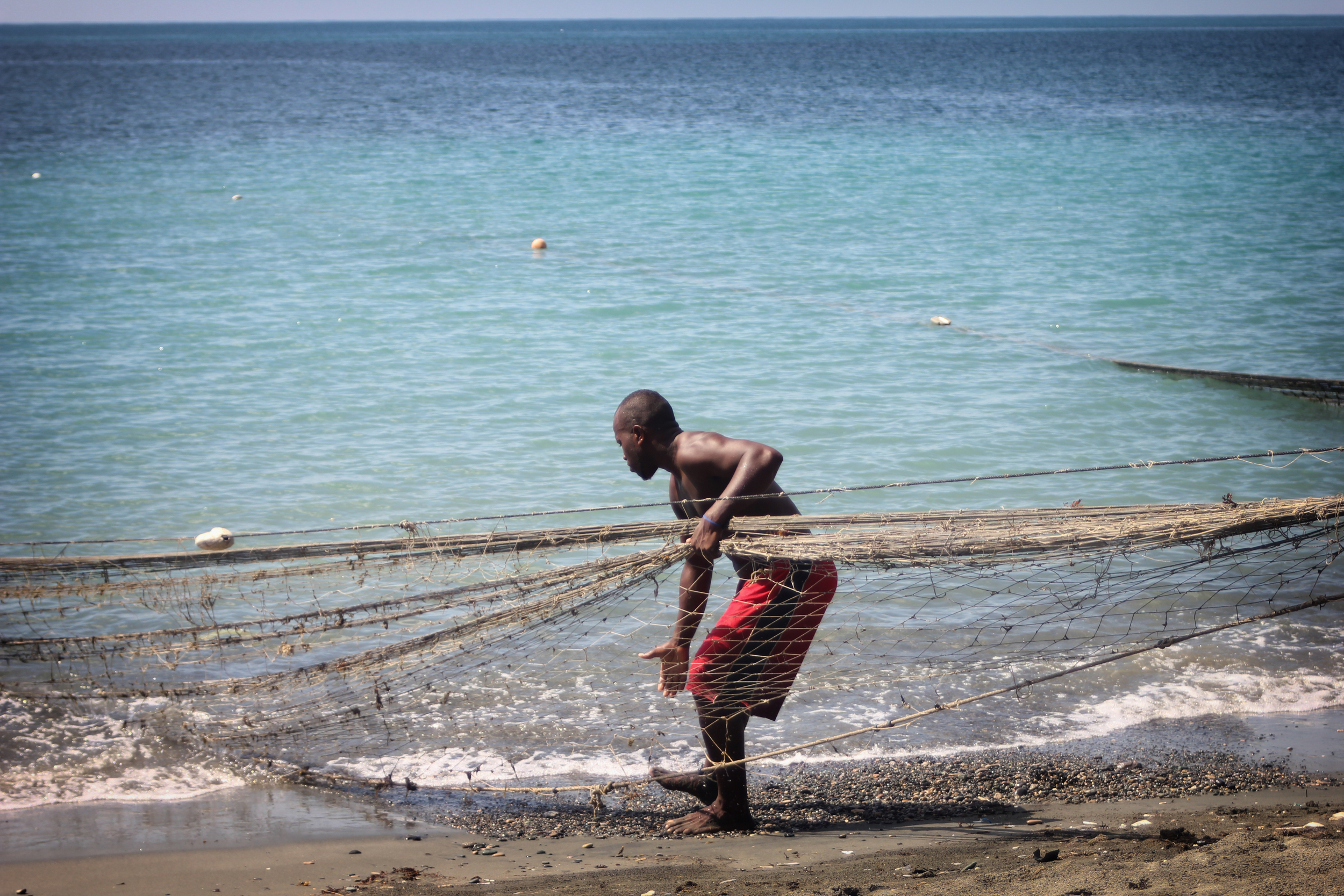


Third World Journey: Fishing, the old way
In this photo, you can see that fishing the old way with a net and a motor-less boat is still popular. The Dominican's are master fishermen.
Third World Journey: Children are the same
During my recent visit to La Represa, Dominican Republic it became quite clear... children can instantly relate to one another in a way that adults can never mimic. Children pick up on body movements, smiles, laughter very quickly. It is awesome to watch the Dominican children play with the American children from our church.
Third World Journey: Life and the welcome
I wish I could put into words the kindness and the welcoming of total strangers in the village of La Represa, Dominican Republic. As you walk the streets local residents will actually invite you into their homes and offer you their only chair.
The residents I met would ask for unselfish prayers and hand you fresh fruits they picked. One woman simply asked that I pray for the animals in her community and for them not to be abused or hurt. Another asked that we pray for her 100-year old mother.
Third World Journey: Unlike anyplace you have been
This photo was captured in a small village just outside La Represa, Dominican Republic. The majority of those living in this area get from point A to point B on small scooters or motorcycles.
Alcohol was extremely prevalent and the rules of the road were totally open to interpretation. You may see four people on a 100cc motorcycle or three people on a small scooter. The legal drinking age is 18, but that is seldom enforced.
Despite the poverty in this third world country, everyone we came in contact with was filled with joy and hospitality.













